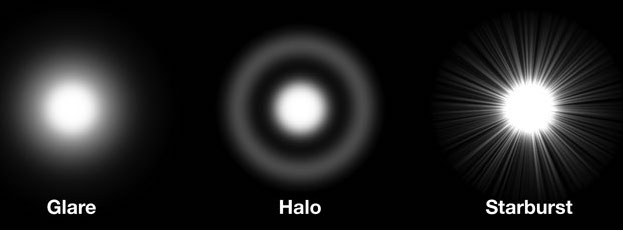 |
| QUVID included questions about patients' visual symptoms and experiences before and after IOL implantation. Photo: Daniel H. Chang, MD. Click image to enlarge. |
In an effort to develop a patient-reported outcome measure for capturing visual and ocular symptoms before and after IOL implantation for cataract treatment, a team recently put together a new tool called the Questionnaire for Visual Disturbances (QUVID). It was found to be a fit-for-purpose measure and demonstrated significant evidence for content validity, construct validity, reliability and ability to detect change, as stated by the FDA.
The researchers developed the QUVID based on a literature and instrument review, 13 clinician interviews among ophthalmologists in the United States and Europe and 67 hybrid qualitative patient interviews among adult patients in the United States and Australia before and/or after monofocal, traditional multifocal or trifocal IOL implantation. Assessment of the questionnaire’s psychometric properties was conducted via a non-interventional, cross-sectional study of previously treated cataract patients in the United States, Canada and Australia (n=150). Assessment of the ability to detect meaningful change was determined using two pivotal US clinical trials among patients with trifocal or extended vision IOL compared with monofocal IOL controls (n=457).
After conducting their review, the investigators put together the questionnaire, which includes sub-items asking IOL patients to comment on the impact of seven visual symptoms, including starbursts, halos, glare, hazy vision, blurred vision, double vision and dark area. The postoperative version asks the respondents whether their IOL-related symptoms bothered them enough to want another surgery.
“Patient-reported outcome measures that measure safety and include the patient voice are useful for patients and clinicians to determine the optimal IOL design and features for each patient,” the study authors concluded. As such, the QUVID may be a valuable addition to the field in this regard.
Lasch K, Marcus JC, Seo C, et al. Development and validation of a visual symptom-specific patient-reported outcomes instrument for adults with cataract IOL implants. Am J Ophthalmol. November 2, 2021. [Epub ahead of print]. |

